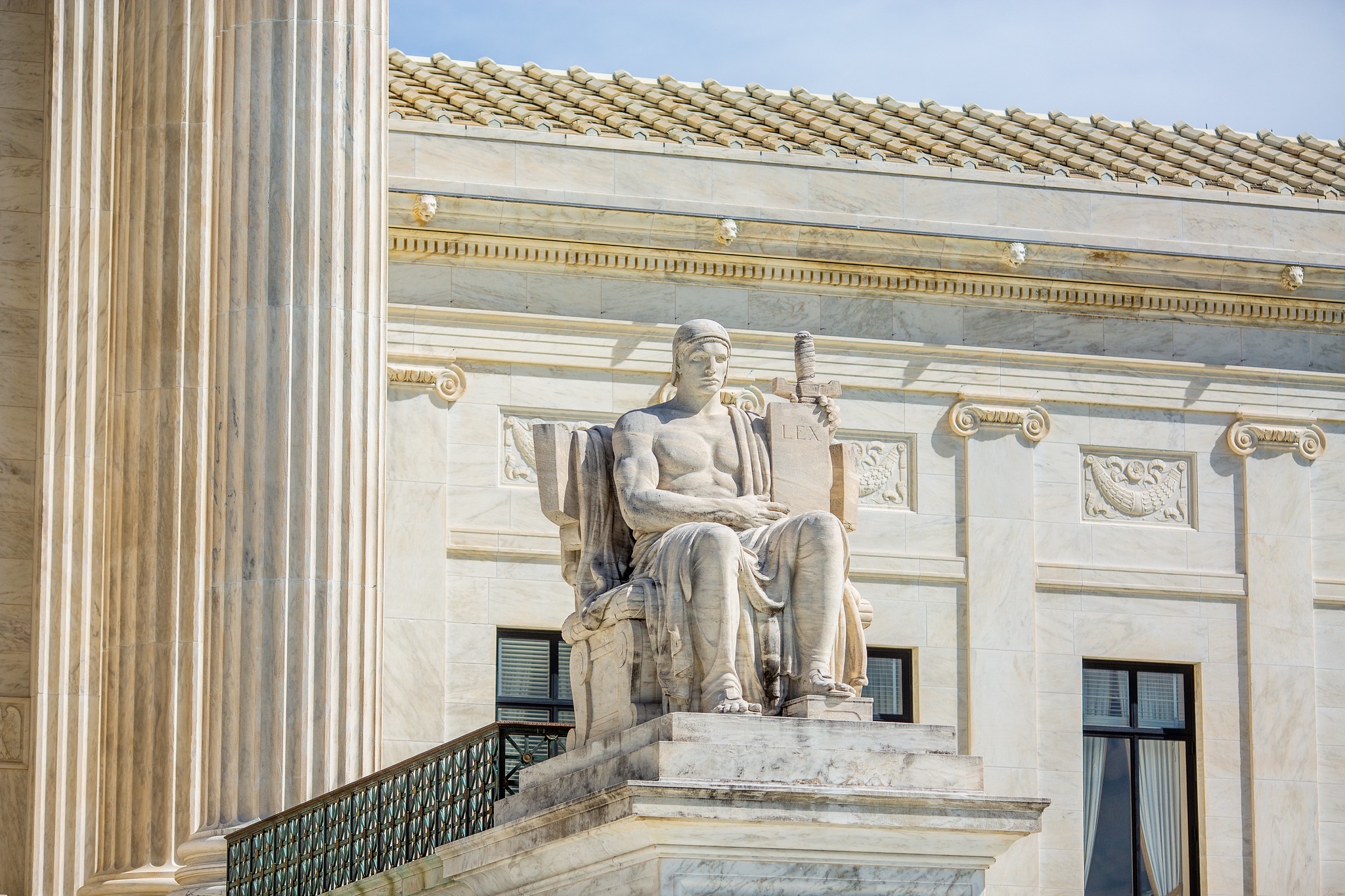Donald Trump’s tariffs continue to make headlines as a court in the United States ruled that most of them were illegal, striking a massive blow to the core of the American president’s aggressive trade policy.
However, the tariffs, according to the court, will stay in effect through mid-October, giving Trump’s administration time to take the fight to the Supreme Court.
The decision marks a blow to the US president, who has wielded tariffs as a wide-ranging economic policy tool. It could also cast doubt over deals Trump has struck with major trading partners such as the European Union, and raised the question of what would happen to the billions of dollars collected by the United States since the tariffs were put in place if the conservative-majority Supreme Court does not back him.
STORY CONTINUES BELOW THIS AD
If you are still trying to grasp all that has happened — the why, whats and hows — continue to read on as we decipher the latest on the issue of tariffs.
What did the court rule on Trump’s tariffs?
On Friday (August 29), the
US Court of Appeals for the Federal Circuit in a seven-four decision ruled that President Trump had overstepped his authority in invoking the International Emergency Economic Powers Act (IEEPA) to impose most of his tariffs. The act from 1977 gives the president the power to respond to “unusual and extraordinary” threats at times of national emergencies. Trump had earlier declared a national emergency on trade, arguing that a trade imbalance is harmful to US national security.
Notably, no American president has previously used IEEPA to put tariffs on imported goods, according to a recent Congressional Research Service report.
“The statute bestows significant authority on the president to undertake a number of actions in response to a declared national emergency, but none of these actions explicitly include the power to impose tariffs, duties, or the like, or the power to tax,” the court noted.
The court further ruled that US Constitution gave Congress exclusive powers to regulate commerce with other nations and this was not superseded by the president’s remit to safeguard the economy. “The core Congressional power to impose taxes such as tariffs is vested exclusively in the legislative branch by the Constitution,” said the ruling, adding, “Tariffs are a core Congressional power.”
The court has agreed not to put the ruling into effect until October 14, allowing Trump and his administration to appeal to a higher court.
How did the tariffs issue reach the court?
The US court ruling that most of Trump’s tariffs are illegal stems from two lawsuits — one by small businesses and the other by a coalition of US states.
The lawsuits were filed after Trump passed executive orders in April imposing a baseline 10 per cent tariff on every country in the world as well a reciprocal tariff on dozens of others, calling it America’s ‘Liberation Day’.
STORY CONTINUES BELOW THIS AD
At the time, VOS Selections Inc, a wine and spirits importer, and Plastic Services and Products, a pipe and fittings company, sued Trump over his use of the International Emergency Economic Powers Act of 1977, saying he has “no authority to issue across-the-board worldwide tariffs without congressional approval.”
In May, the
US Court of International Trade struck down the tariffs, saying the president had exceeded his authority when he imposed the tariffs. However, that decision was put on hold during the appeal process.
So, which tariffs are now illegal?
The court’s ruling applies to the reciprocal tariffs Trump imposed in April, as well as separate tariffs on China, Canada and Mexico that the administration put in place citing emergency powers granted under a 1970s-era law.
The court’s decision does not impact other tariffs, authorised under different authorities, such as taxes on imported steel and aluminium. They also don’t impact the tariffs that Trump imposed on China in his first term, which President Joe Biden kept after a government investigation concluded that the Chinese used unfair practices to give their own technology firms an edge over rivals from the United States and other Western countries.
How has the Trump administration reacted?
Shortly after the court’s ruling,
Trump expressed his unhappiness with a series of posts on social media. He wrote on Truth Social, “If allowed to stand, this decision would literally destroy the United States of America.”
“Today a highly partisan appeals court incorrectly said that our tariffs should be removed, but they know the United States of America will win in the end,” he wrote, adding, If these tariffs ever went away, it would be a total disaster for the country. It would make us financially weak, and we have to be strong.”
STORY CONTINUES BELOW THIS AD
He added that he would fight back “with the help of the United States Supreme Court.” In fact, Attorney General Pam Bondi said the Justice Department would appeal the ruling, accusing the court of undermining “the United States on the world stage.”
“The judges of the Federal Circuit are interfering with the president’s vital and constitutionally central role in foreign policy. This decision is wrong and undermines the United States on the world stage,” Bondi said in a post on X. “[TheJusticeDepartm[TheJusticeDepartm

